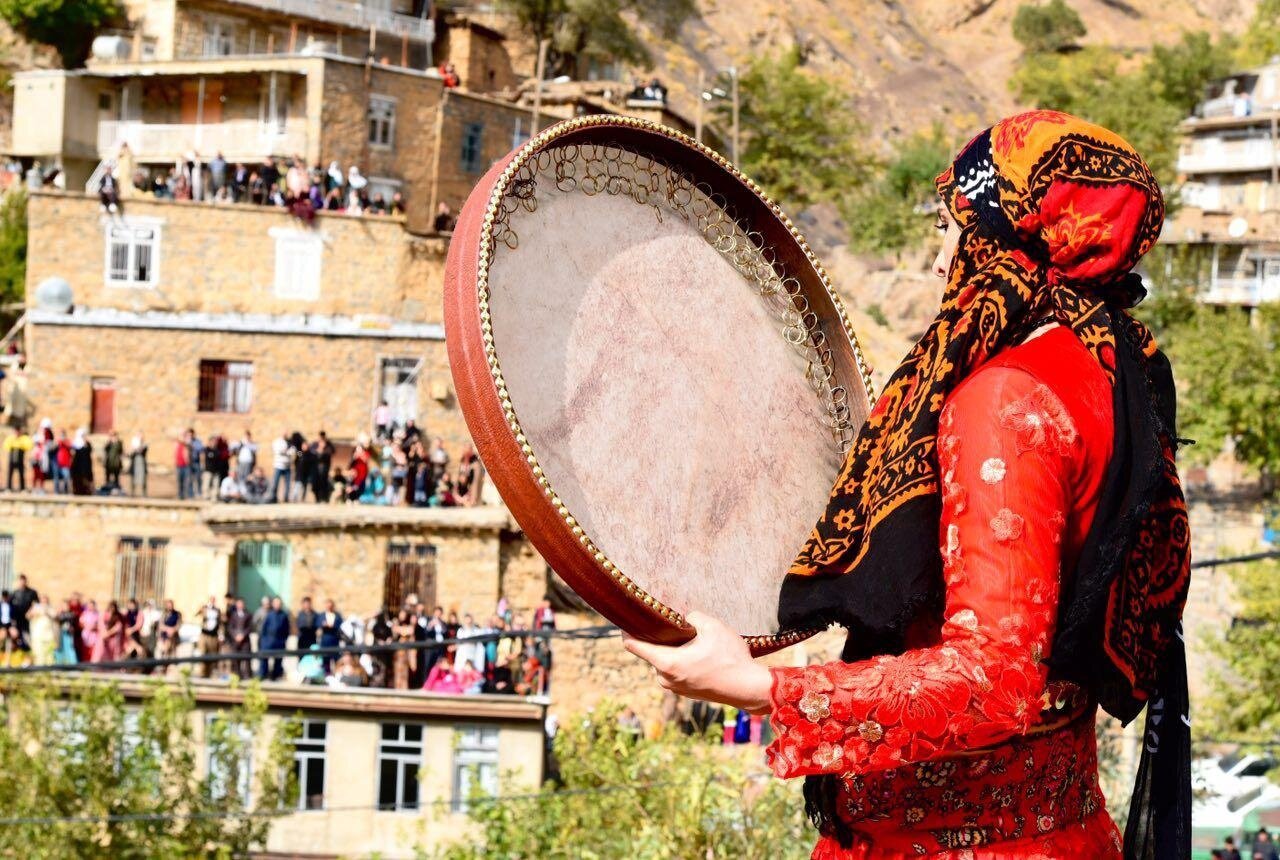The necessity of community-based tourism development

For millennia, events have been an inseparable facet of the Iranian culture, predominantly when it comes to natural occurrences triggered by seasonal changes. Originating from small rural and tribal entities, such community-based reunions have expanded, thrived, and passed down from generation to generation to convey a message of warmth and kindness.
In the contemporary era, where tourism events steer the travel industry, it seems essential to encourage rural communities more than ever to revive and host indigenous local events.
Here, tourism activities can serve as a catalyst, filling the economic void by creating diverse opportunities to combat unemployment, particularly through the lens of agricultural tourism.
According to experts, agricultural tourism isn't merely about experiencing nature; it's about acquainting tourists with the culture of rural communities. It involves active participation in the daily life of the countryside, engaging in various activities typical of rural livelihoods. From harvesting and rural nutrition to agricultural practices such as planting, cultivating, and harvesting crops, to diverse aspects of animal husbandry like feeding animals and milking, actively engaging in rural ceremonies, weddings, traditional festivities, and mourning rituals, agricultural tourism encompasses the myriad occurrences in a rural setting. In agricultural tourism, farmers must reap tangible benefits, while tourists gain familiarity with rural cultures and traditions.
In our modern world despite all cutting-edge technologies, tourism stands as the world's largest and most diverse industry, with rural tourism, leveraging the natural and cultural capacities within villages, playing a pivotal role in revitalizing rural life.
It would be ultimately appealing as unlike traditional agricultural practices, agricultural tourism involves tourists directly purchasing farm produce at fair prices, aiding farmers in harvesting and packaging products, acquainting themselves with beekeeping methods, and participating in farming ceremonies and rituals like harvest celebrations. This form of tourism offers firsthand experiences with domestic animals, fields, and rural life practices.
The magnetism towards agricultural tourism is fueled by the desire to escape urban congestion, air pollution, and the challenges arising from daily urban life. Tourists seek refuge in less technologically burdened areas, drawn to the tranquility of rural environments coupled with their authenticity.
These factors, alongside favorable climates, unique landscapes, captivating environmental features, historical richness, and fascinating rural customs, collectively present an unparalleled package for attracting tourists and facilitating their leisure activities in rural regions.
In brief, we can name three distinctive features that differentiate agricultural tourism from other forms of the industry: Firstly, it offers tourists the opportunity to participate in the food production process actively. Secondly, it enables tourists to immerse themselves deeper into the lives of rural residents. Thirdly, agricultural tourism allows tourists direct contact with domestic animals, fields, and practices not part of their routine experiences.
It should not neglected that supporting agricultural tourism aids in bolstering the economic capabilities and sustainability of rural communities, preserving agricultural lands, and fostering a deeper understanding of the importance of keeping rural areas free from various chemical, biological, and even cultural pollutants.
In fact, the development of agricultural tourism yields abundant returns to local communities, chiefly through increased income from the sale of produce, paving the way for new job opportunities and entrepreneurial ventures. It contributes to preserving indigenous culture, reinforcing values, beliefs, arts, and crafts, and other cultural productions in rural areas.
Additionally, it enhances infrastructural and social developments in rural communities. Educating consumers about the benefits of local products also contributes to community health.
Relevant authorities from all governmental bodies should assess agriculture based on concepts such as recreation, leisure, conservation, and education, considering the multifunctional approaches in agricultural philosophy, where agricultural tourism plays a role. Unfortunately, Iran has yet to take significant steps in harnessing agriculture's potential to establish agricultural tourism enterprises and related rural tourism businesses.
In that line efficient advertising, scientific and technical planning, and cooperation among relevant governmental bodies like the Ministry of Cultural Heritage, Tourism Handicrafts, and Tourism, the Department of Environment, and the Ministry of Agriculture Jihad will substantially impact attracting tourists and developing agricultural tourism.
Iran's climatic diversity, four-season nature, and the suitability of all regions for agricultural production are significant factors propelling the development of agricultural tourism. Every part of Iran can produce distinct crops based on its climate, enabling year-round agricultural activities. Therefore, evaluating the agricultural sector's worth based solely on production, income, and employment isn't entirely justifiable.
If properly structured, that sort of community-based tourism could be a robust tool to encourage reverse migration propel the rural economy, and help overcome barriers currently impeding this sector's growth.
AFM
Leave a Comment